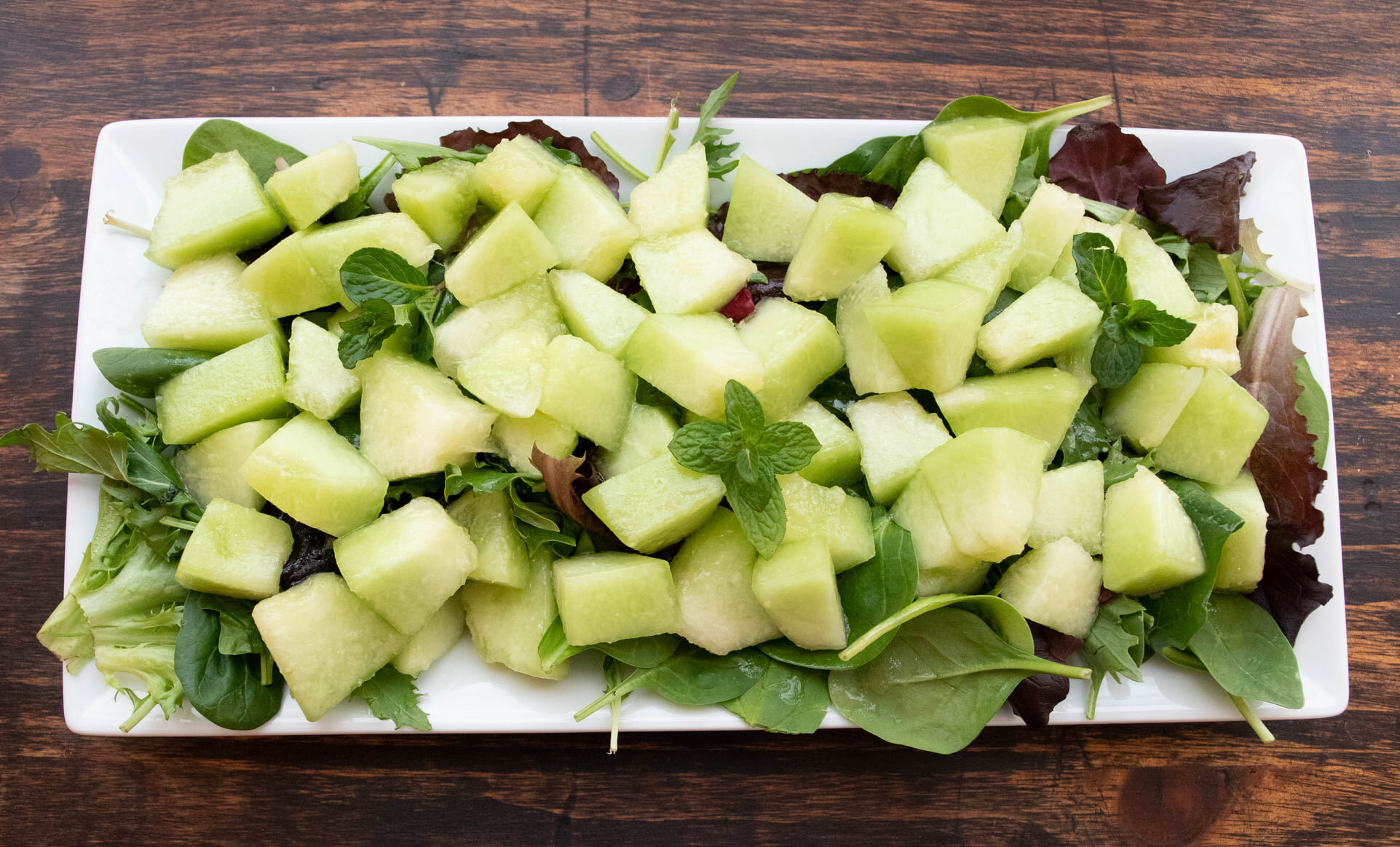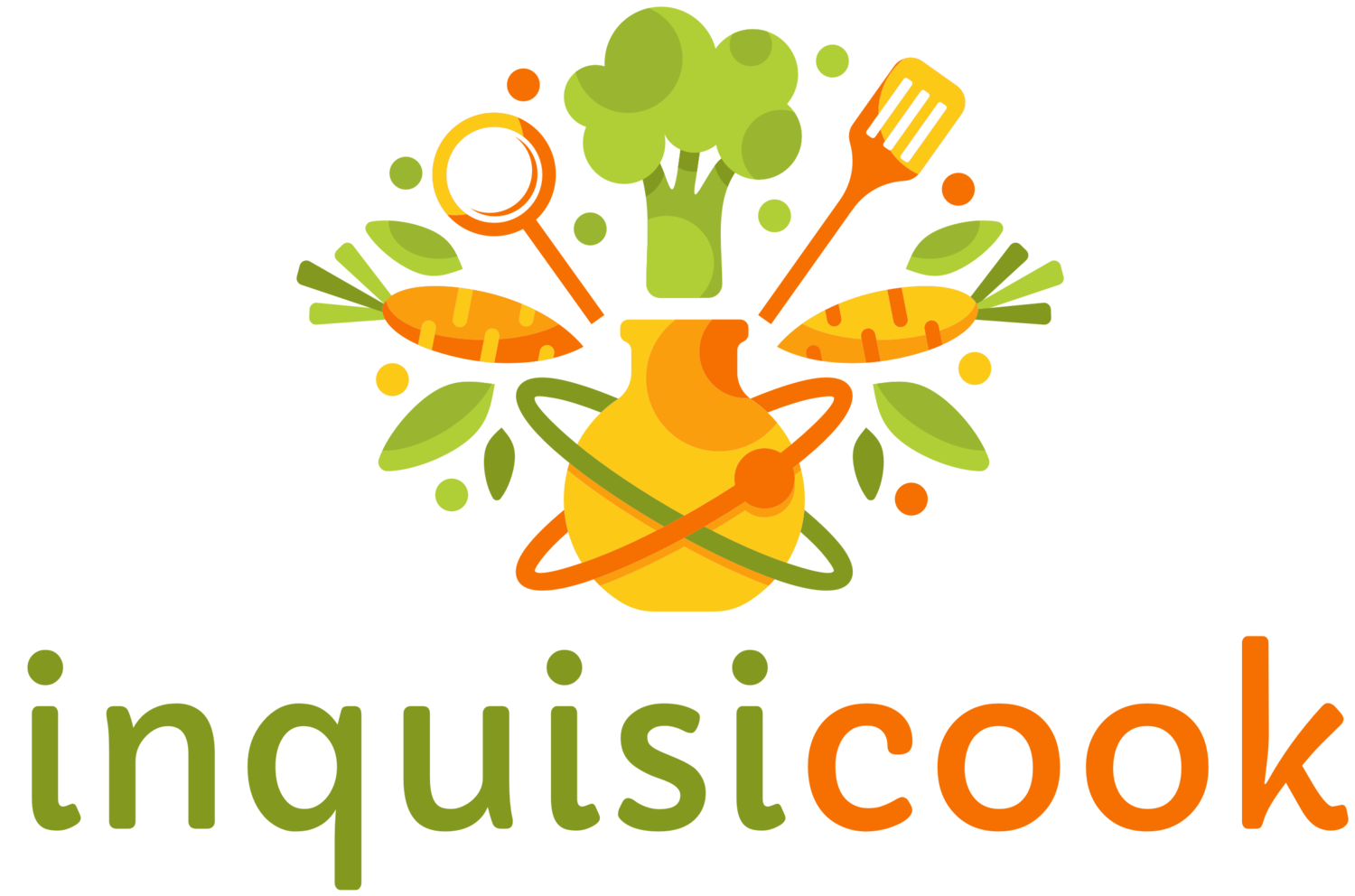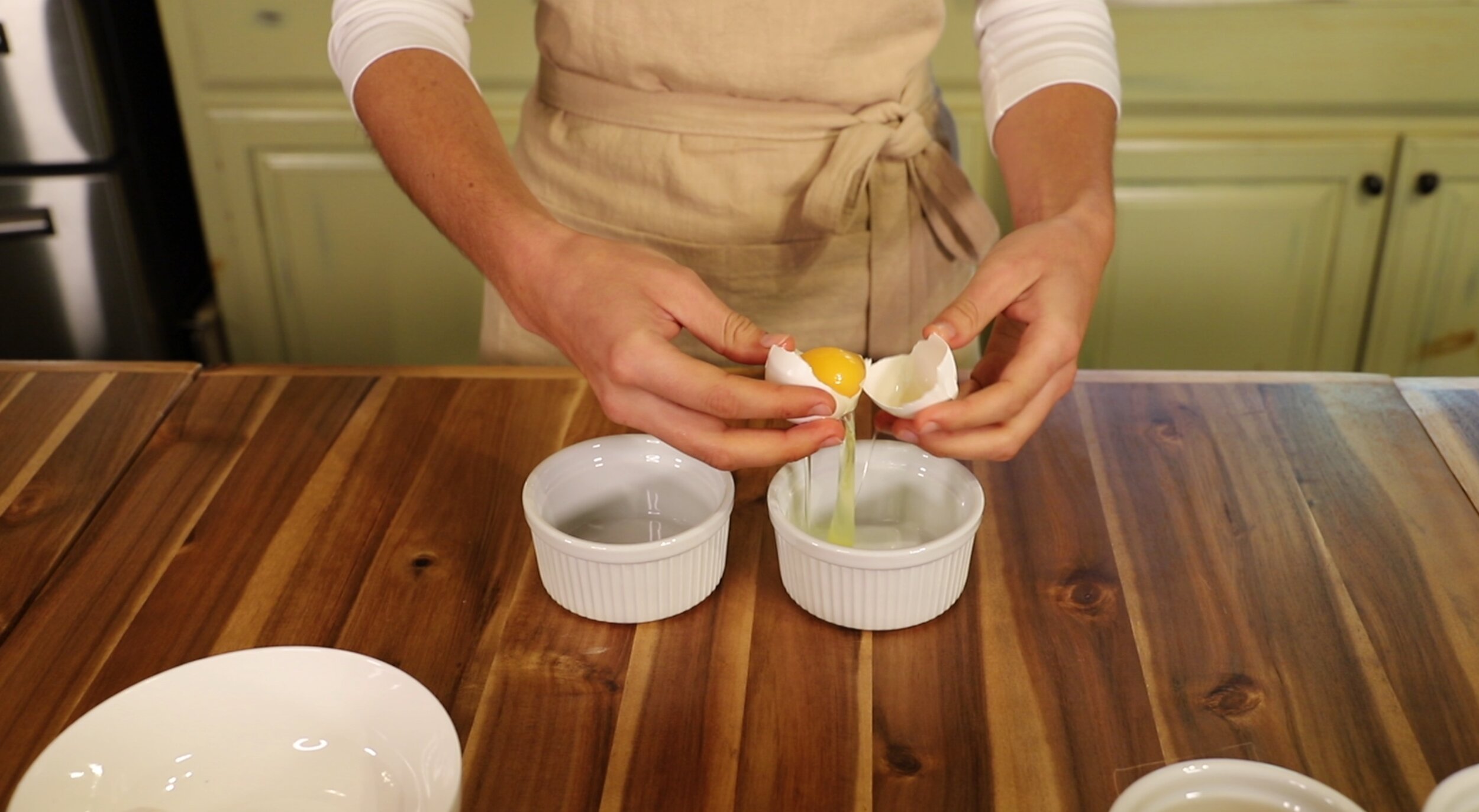
Our secret ingredient is science.
Inquisicook 1 Course Contents Overview
-

The course opens with an Introduction to Eggs. Students learn about the many functions of eggs in cooking, from binding and thickening to emulsifying and glazing. They study the anatomy of an egg, as well as freshness indicators and storage tips. They model the transformation of egg protein molecules throughout the unit and discover how they can be manipulated to create custards and egg white foams. Students begin the practice of sensory evaluation as a means of analyzing and improving their cooking. They learn the basics of frying, scrambling, hard cooking, and poaching, and prepare recipes such as Lemon Curd, Coconut Meringue Macaroons, and Crustless Ham and Cheese Quiche.
-

Our Quick Breads unit introduces students to the science of chemical leaveners (baking soda and baking powder) and physical leaveners (air and steam). Modeling the anatomy of a wheat grain leads to a discussion of the flour milling process, hard and soft wheats, and how to select the right flour for the job. Students learn standard leavening ratios, proper measuring and mixing techniques, and the role of acids in quick breads. Among the recipe preparations are Irish Soda Bread, Brazilian Cheese Bread, and Blue Ribbon Banana Bread.
-

In our Salads and Dressings unit, students begin by investigating and modeling plant cell structure, then they apply this information to strategies for preserving and restoring freshness in salad greens. They learn about the science of flavor and the five basic tastes, then discover how they interact with a tasting and recipe development activity. Experiments with emulsions and emulsifiers kick off our study of dressings, which covers vinaigrettes, mayonnaise-based, and dairy-based recipes. Students prepare a variety of tasty salads and dressings, including Asian Chopped Salad, Panzanella, and Chicken Caesar Salad with Asiago Dressing. Along the way they’ll sharpen their knife skills and hone their cooking intuition.
-

Next, we move into our Yeast Breads unit—a student favorite. They explore the role of yeast as a biological leavener and conduct an experiment to study what helps or inhibits its activity. They learn how the proteins gliadin and glutenin combine to form gluten and which factors contribute to gluten development. Students extract gluten from hard and soft flours and compare the results, then they get an exciting hands-on lesson in why you need to give it a rest sometimes. We cover the basics of kneading, rising, turning, and shaping dough, and of course, we bake some delicious bread. Among the recipes are Focaccia, Potato Dinner Rolls, Cinnamon Rolls, and a show-stopping Twisted Herb Bread.
-

We delve into the world of Herbs, Spices, and Seasonings as a prelude to the Soups & Stocks unit. We start by touring the spice cabinet and discussing common uses and proper storage. We take a closer look at salt crystals to understand the different types of salt and the best use for each. We sort out leafy and woody herbs, learn about grinding and blooming spices, and highlight the role of fat as a carrier for flavor. Recipe preparations include flavored simple syrups, compound butters, Basil Pesto, and Rosemary Roasted Potatoes.
-
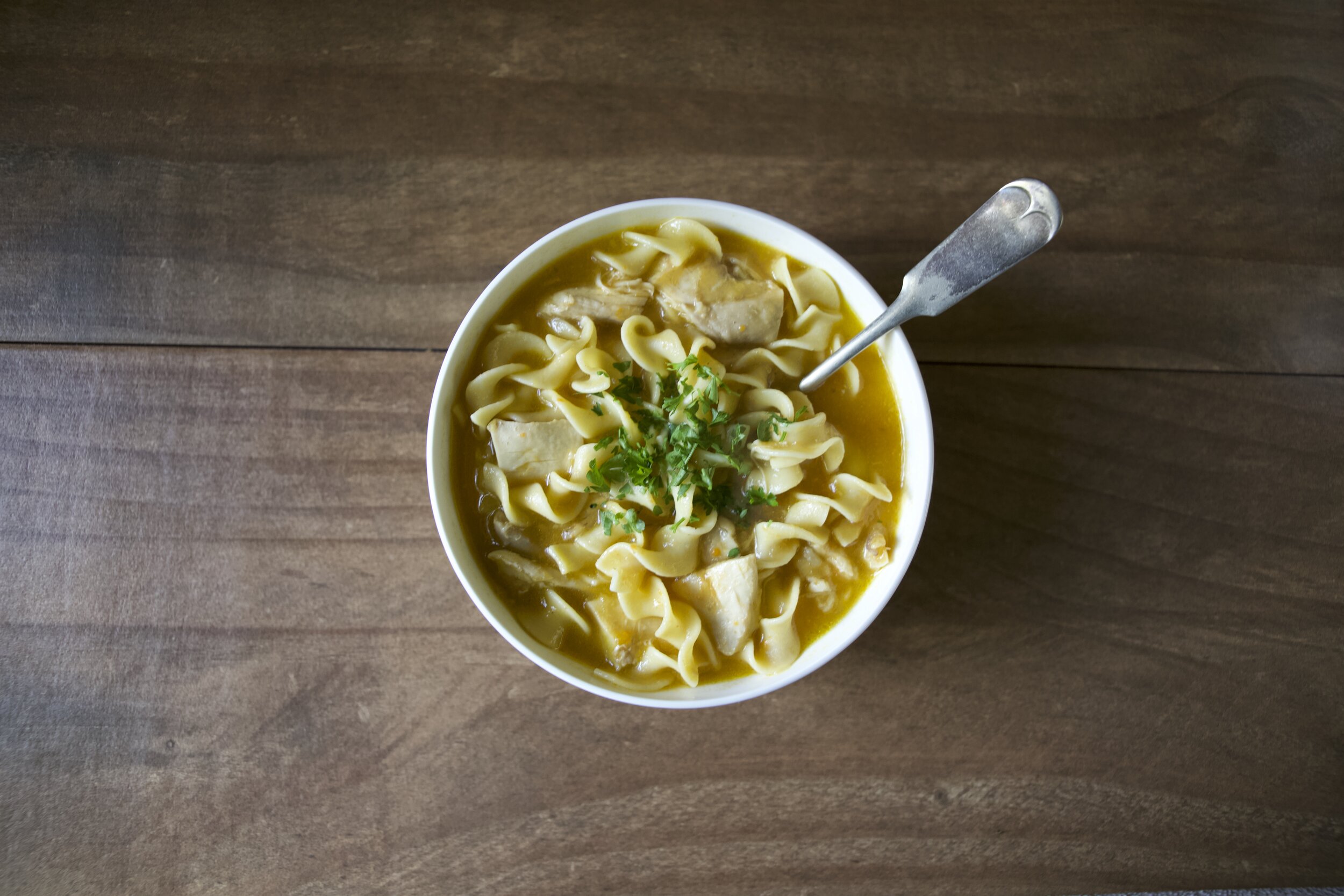
Inquisicook 1 finishes up with a unit on soul warming Soups and Stocks. The heat-driven conversion of collagen to gelatin is explored and modeled, and time is emphasized as a factor of flavor extraction. Making the most of resources is a special focus, as students learn to transform vegetable scraps and meat bones into tasty stock. In a bold move toward more advanced knife skills, students learn how to debone chicken breasts and chicken thighs, lowering the cost of boneless cuts and increasing the availability of stock ingredients. A variety of soups are prepared and evaluated, including Broccoli Cheese Soup, Chicken Noodle Soup, and Cream of Cauliflower Soup with Curry-Infused Oil Drizzle.
Inquisicook 2 Course Contents Overview
-

The course opens up with America’s favorite handheld treat: Cookies. After discussing cookie categories, we explore the characteristics of ingredients and how adjusting them affects cookie outcomes—especially texture. Students learn essential techniques, including creaming, reverse creaming, rolling, cutting, and shaping. We also spotlight issues that seem simple but make a difference, such as proper “room temperature” butter, chilling dough to improve flavor, and rotating pans during baking. Students consider the qualities of their ideal Chocolate Chip Cookie and then conduct a batch comparison. Other recipes include favorites such as Millionaire’s Shortbread, Apple Toffee Cookies, and Lemon Peel Slice & Bakes.
-
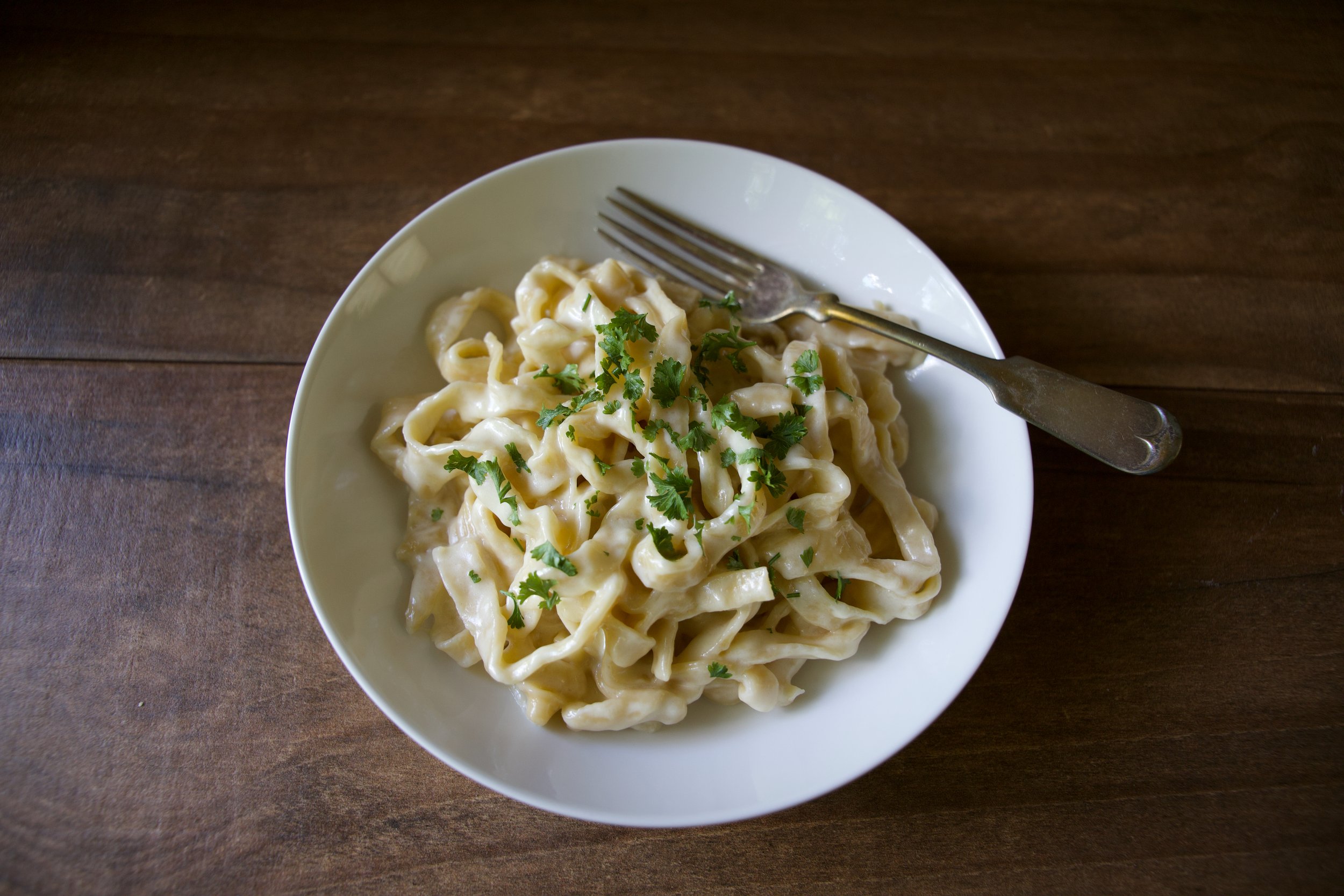
Starches & Sauces make a tasty pair in our second unit. We investigate various thickening agents and methods, including roux, beurre manié, and slurries. Students learn how to assess viscosity and adapt basic sauces to other forms. They prepare a variety of sauces, including white sauce, velouté, hollandaise, and marinara. (The study of sauces extends into the protein units.) On the starch side, we explore the world of potatoes, rice, pasta, and corn products, with a quick look at alternative grains. We get up close and personal with amylose and amylopectin and learn how the ratios of these two molecules impact the characteristics of starchy foods. Recipe preparations range from a batch comparison of basic mashed potatoes (Russet vs. Yukon Gold) to scratch-made fettuccine and gnocchi to grits so creamy and delicious you might pick up a Southern twang.
-
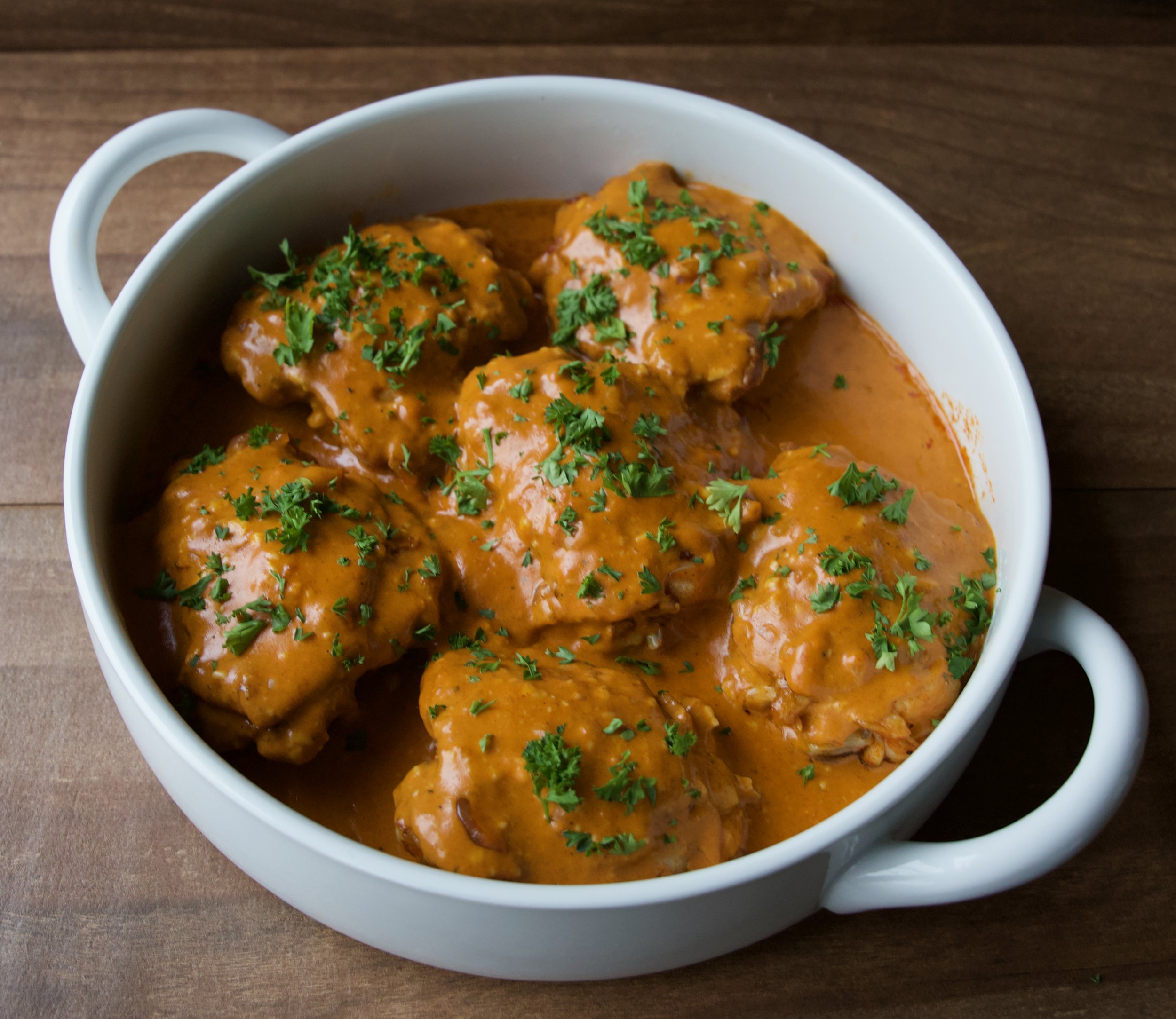
In Proteins: Moist Heat Cooking, we delve into braising, stewing, steaming, and poaching as we explore the magic of moisture in heat transfer. We learn how really long cooking times can make really tough cuts of meat really delectable, thanks to the collagen/gelatin transformation. We’ll discover why an overnight stay in the fridge can be a cook’s secret weapon for superior flavor and how the gentle art of steaming can be used to cook delicate proteins to perfection. Students will prepare a variety of main dishes, including Chicken Paprikash (a comfort food classic), Chilorio (Sinaloa-style braised pork), and Asian Steamed Cod with Frizzled Ginger (just wow).
-
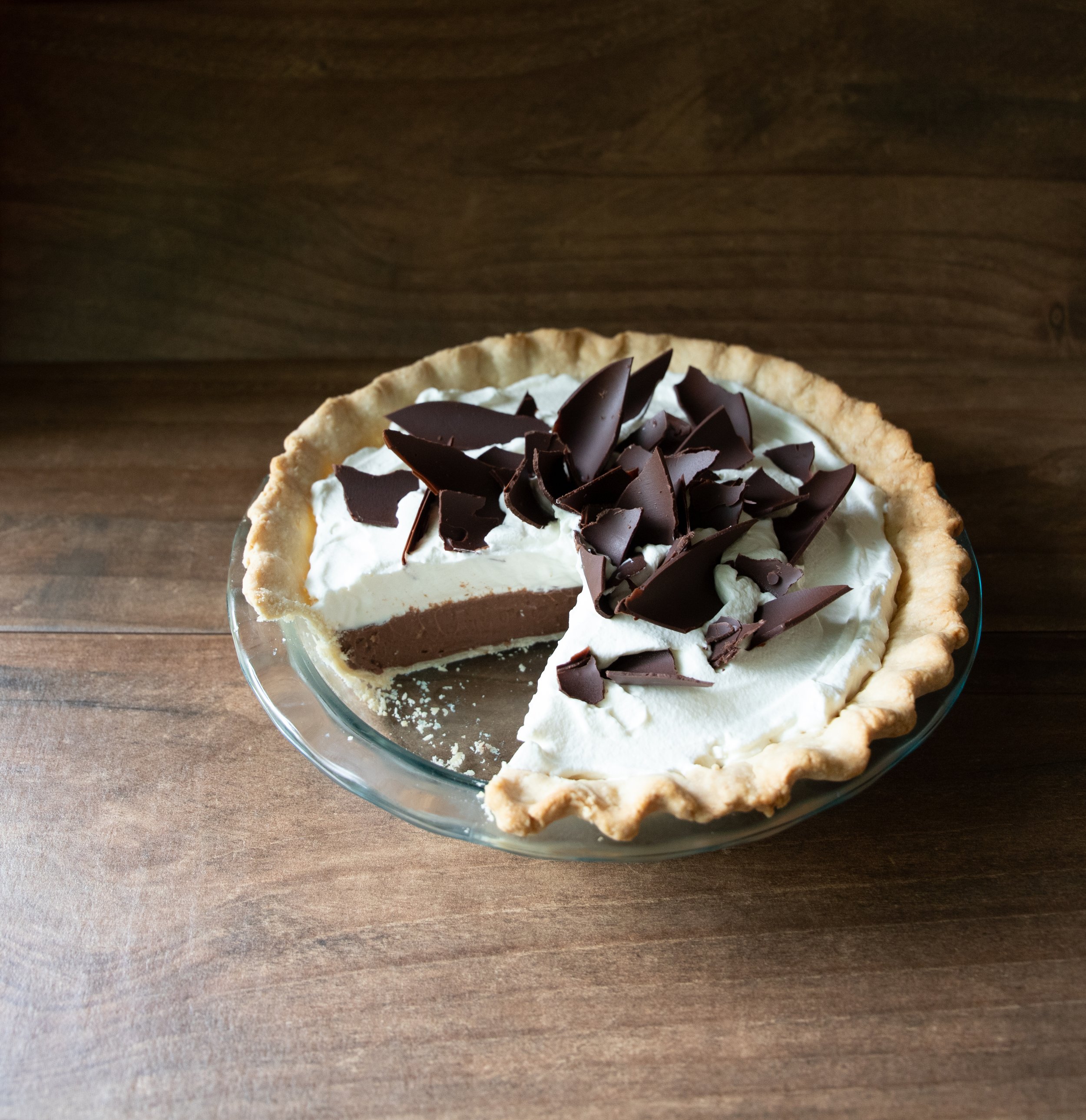
Delicious desserts start with a great foundation, so learning about crusts is job #1 in our Pies & Tarts unit. We discover which fats and methods make them tender or sturdy, flaky or crumbly. We then take it a step further with quality comparisons of different finishing washes. We cover docking, blind baking, venting, latticework, and crimping techniques. Of course, the filling is the star of the show, so we explore how to get just the right flavors and textures, whether fruit, custard, cream, or chiffon. Families will definitely want to save room for the desserts in this unit, which include lattice-topped Pear Pie with Salted Caramel Sauce, Key Lime Pie with Gingersnap Crust, and a spectacular Chocolate Cream Pie topped with chocolate shards.
-

The final unit of the course is Proteins: Dry Heat Cooking, which includes roasting, grilling, searing, broiling, frying, and stir-frying. In it, we investigate butchering as we puzzle out primal cuts and the retail cuts they eventually become. We take a closer look at meat grain and construct a model to demonstrate why slicing direction matters. We explore the science side of brines, rubs, and marinades and discover why some proteins need to rest after cooking while others don’t. The instant-read thermometer is a trusty sidekick as students study safe cooking temperatures and degrees of doneness. The recipes in this unit include Kung Pao Chicken, Chile Rubbed Beef Kabobs, and Sage Roasted Chicken with Vegetables—a sheet pan wonder that’s a favorite among our recipe testers.
Want more detailed information? Check out our
Science Content and Recipe Gallery.
